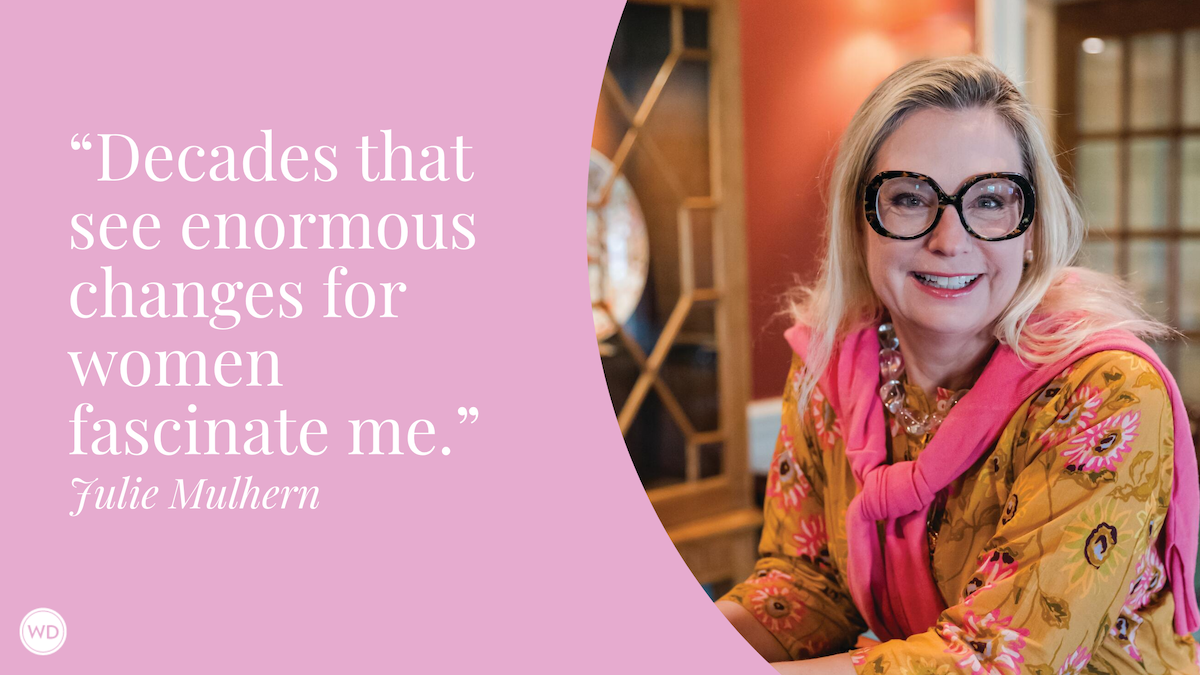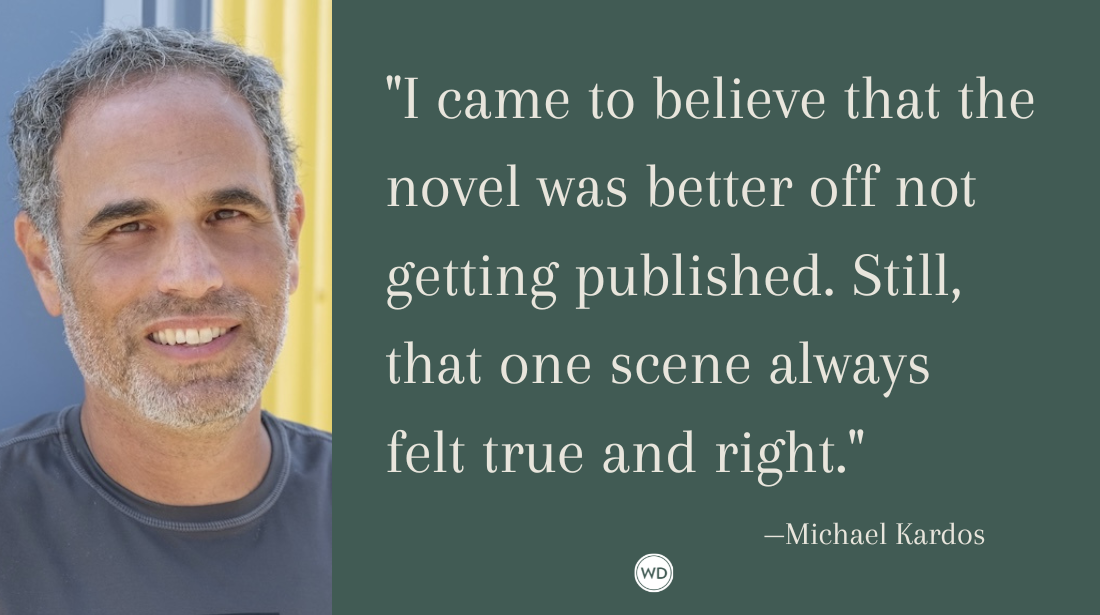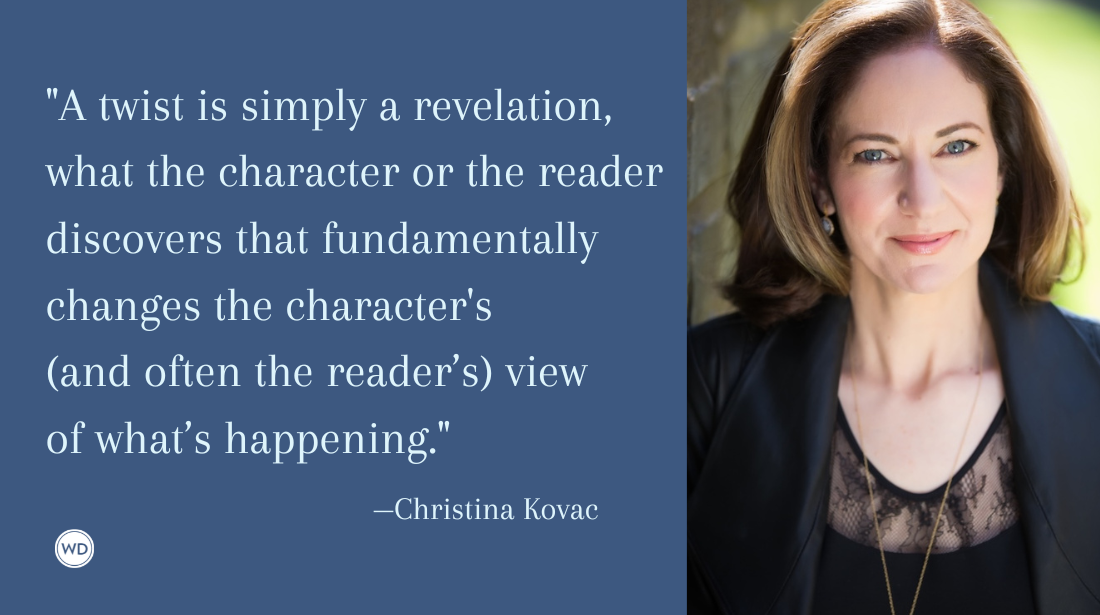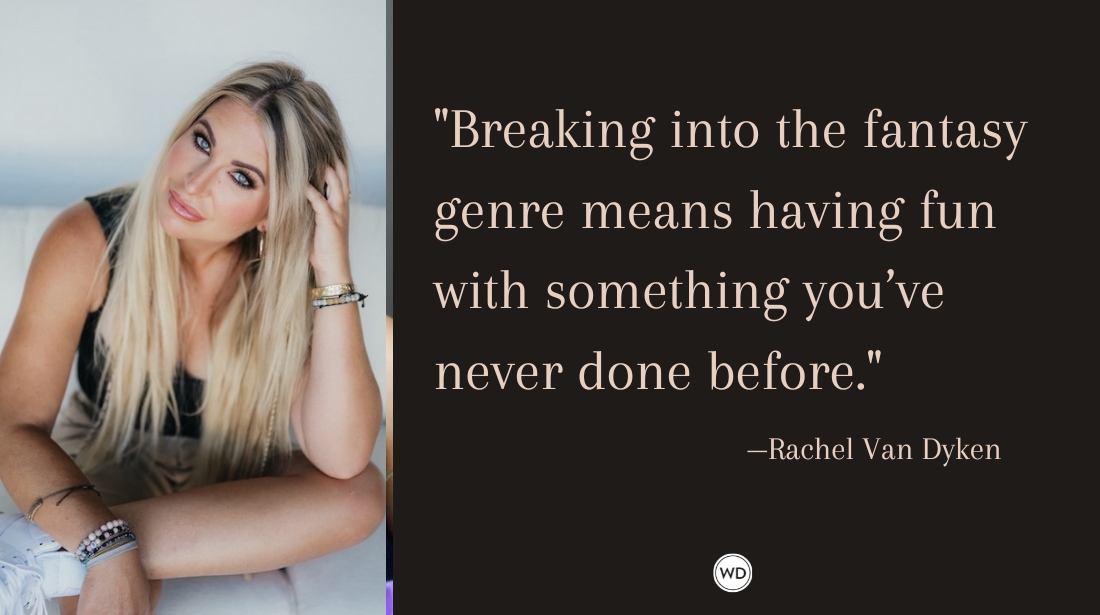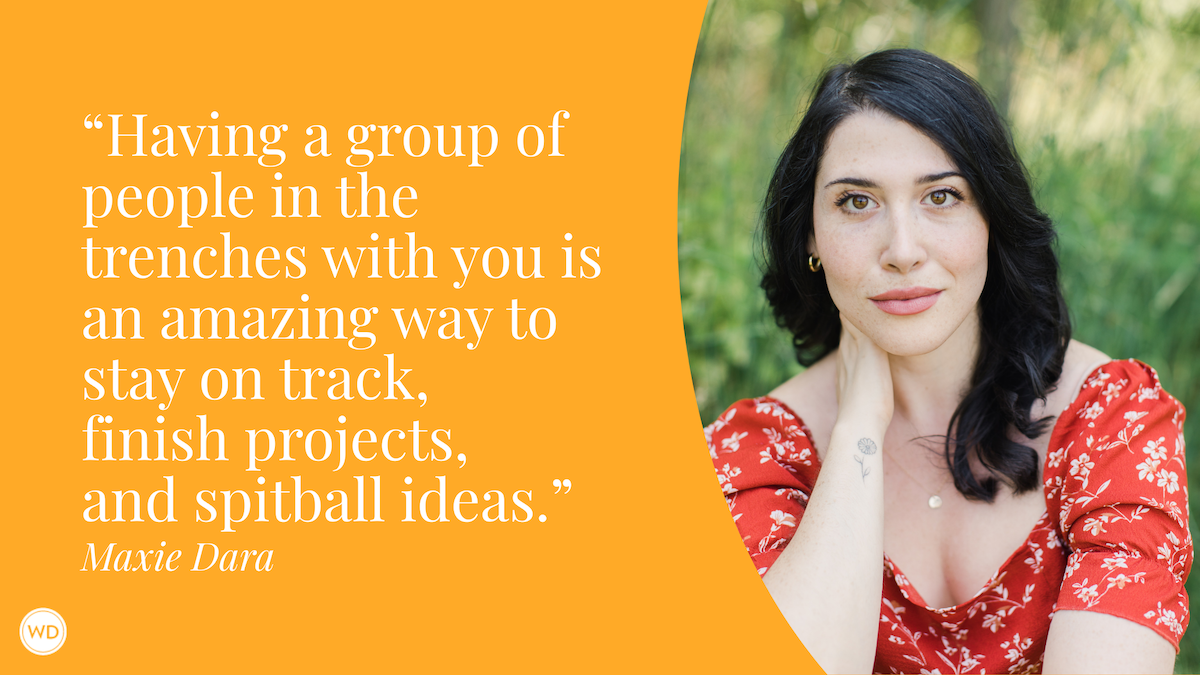How to Destroy Your Initial Idea (& Make Your Story Better)
Pablo Picasso said, “Every act of creation is first an act of destruction.” I wasn’t there when he said it, and I have no idea what he meant. He may have been in a bad mood. But I’ve always thought the statement sounded pretty cool. It makes the creative artist seem powerful and iconoclastic, smashing with the hammer of artistic vision the statues of conformity. As writers, we do have that power, if we’re willing to use it.
Pablo Picasso said, “Every act of creation is first an act of destruction.” I wasn’t there when he said it, and I have no idea what he meant. He may have been in a bad mood. But I’ve always thought the statement sounded pretty cool. It makes the creative artist seem powerful and iconoclastic, smashing with the hammer of artistic vision the statues of conformity. As writers, we do have that power, if we’re willing to use it.
For our purposes, we’re going to use the quote to begin a discussion of destroying our initial idea. Sometimes the generative idea for a piece is more an avenue to richer ideas than an end in itself. At those times, we must be willing to let go of our initial premise. We have to explode the idea. In some ways, to echo Picasso, this is the first act of creation.
—by Jack Heffron
There are few comments more deflating than when your readers agree that your 25-page story “really begins on page 24.” We’ve worked hard on those first 23 pages. They’re honed and crafted and have a lot of good lines in them. And now we’re supposed to believe they’re a mere prelude to the real story? Sometimes the answer is yes.
At such times, we must remember that we wouldn’t have achieved the real start of the story if we hadn’t written what came before. Our initial premise led us to literary gold, even though now it must be discarded. I had this experience with a story I wrote a few years ago. It concerns a mother and daughter who are lost in Los Angeles, far from their Ohio home. I worked hours on extended dialogues between the characters and took great pains to deliver the exposition in an unobtrusive way. I had conceived the story much like a play, focusing on subtle shifts of character as the mother and daughter conversed. Near the end, two rough-looking guys enter the doughnut shop where the story takes place. My plan was to have a brief encounter with the men and for the foursome to leave together at the end. Several readers said they felt the story spark to life when the two guys enter. But that was at the end! This was a Beckett-like story of tightly woven dialogue, not some tale of women being picked up by truckers. Hel-loo. Tightly woven Beckett-like dialogue here. You folks are missing the point.
I let the story sit for some months. Then I read it with a fresh view. Then I reread the readers’ comments. They were right. My pages of tightly woven, Beckett-like dialogue were cut extensively. I now could see that much of it was self-conscious and tiresome anyway. The tension between the mother and daughter as they sat in a doughnut shop wasn’t enough to carry the story. After five pages or so, the story felt static. In the revised version, the men enter the doughnut shop on the top of page 2. The foursome is out the door by page 7. But those weeks of working the dialogue helped me get to know the mother and daughter, and my knowledge of them led to surprising turns in the revised story—turns I don’t know I’d have imagined if I hadn’t had such a rounded understanding of the characters.
When you find yourself in a similar place, listen to your readers. If only one reader advises to start with the ending, give the piece to a second reader or put it away for a while. Your first reader may be imposing her own vision of your story world and is stating the way she would handle the material. If a second reader offers similar advice, it’s worth considering. If the second reader says something more like, “It seemed kind of slow to me,” ask for specific places where it seemed most interesting. If the reader points to the place the first reader suggested to begin the story, you have a decision to make.
Lopping away a big chunk of story isn’t easy and requires consideration. Put the piece away and move on to a new one for a while. Give the piece at least a month to cool off. Set a date for rereading it. Put it on your calendar. The date will ensure you don’t read it sooner than is helpful, and it also reminds you the piece is waiting. We sometimes forget about our projects for so long that we have trouble bringing them back to life. And so the deadline works in two ways, making sure you don’t return too soon or wait too long.
When you return to the piece, note in the margins where it’s working and where it needs help. Are the readers correct in their assessment of the sections that could be cut or be significantly condensed? Read the piece again, beginning at the place where it might be made to start. Does it make a strong opening? What needs to be pulled from the cut material, and how much can be set free?
Letting Go
It takes a certain amount of courage to cut away pages of a project. Don’t forget to put these pages in an idea file or in a separate document—they may contain the seed of another idea. But when you’ve cut the pages, they’re gone. Don’t agonize over them or rationalize ways of returning them to the story.
Letting a piece go where it wants to go also can be difficult for us. Our initial premise dictates a certain structure, a clear narrative path. And yet, when a piece is well underway, it takes on a will of its own. I don’t talk a lot about characters taking over or telling the writer what to write. I’ve always found such talk a bit fallacious and self-aggrandizing, turning the creative process (and therefore, the creative artist) into an inspired genius in touch with mysterious forces beyond the powers of normal folk.
At the same time, I don’t agree with Nabokov’s famous comment about characters being his “galley slaves.” The creative process isn’t just a mechanized act of will, an application of learned techniques. Our subconscious minds, the mythmaking power of our imaginations, do come into play. Conscious craft and subconscious artistry unite in a piece, granting it a power we can’t always control. I don’t know that it’s a matter of characters taking over. I think it’s that, at some point, the story moves along its own path. It knows what it wants to be, even when we have different ideas about what it should be.
Creative writing is such an intuitive act that it’s tough to make this point in a concrete way. To recognize when you’re forcing a piece away from its natural course, look for places where it begins to sound awkward to your artistic ear. Do you find yourself, at some level, asking whether the character would really do that? Does a scene end with one character having the last word in a way that seems false? Does the analysis of a key event in your personal essay serve more to make you look innocent than to provide an authentic insight? Trust your instincts. Perhaps you’re working against your own piece. You’ve moved beyond your initial premise into territory you may not want to visit, but your uneasiness is suggesting you have to explode that generative idea and move on. Responding to that uneasiness, even consciously feeling it, requires spending enough time on a piece to really hear what it’s telling you.
At first, we may feel uneasy about an aspect of the piece in a faint way. We may feel it sometimes as we read, but at other times, it feels just fine. Sometimes it takes another reader to point it out, causing us to say, “I sort of wondered about that part. It never seemed quite right to me.”
For example, we’re trying to end a scene but nothing works, nothing feels like the natural place to stop. Whatever final lines we write don’t have the ring of finality. If you want to say that the characters have taken over, that they’ve decided they don’t want to stop talking, fine. I would phrase it more along the lines of the story asserting its own course. The falseness enters because we are sticking too closely to our idea of where the story must go. We say to ourselves, “This isn’t an important scene. It’s just a transition, taking me from this event to that event. I can’t spend 10 pages on a transitional scene.” And yet, something about that transitional scene remains unresolved. If we trust our intuition, we allow the scene to find its own resolution. Perhaps a better idea is emerging, but we stick stubbornly to our original concept of the piece, trying not to notice that something about the scene bothers us every time we read it. Something just doesn’t quite feel right.
Try not to see the need to explode your idea, blowing it up and beginning a new course, as a failure. It’s not. It’s another way of perceiving and building upon the possibilities of the original idea. The explosion creates all sorts of wonderful fragments that can be new ideas in themselves.
As in relationships, breaking up with an idea is hard to do. We try one strategy after another, but still the relationship isn’t working. We read books, surf Internet sites, seek counseling. Nothing helps. Something essential is missing, and all the advice and effort in the world won’t bring back the love you once felt. At some point, we need to tell the piece to sit down. We need to summon the courage to say, “Honey, we need to talk.”
The biggest literary agent database anywhere
is the Guide to Literary Agents. Pick up the
most recent updated edition online at a discount.
Thanks for visiting The Writer's Dig blog. For more great writing advice, click here.
*********************************************************************************************************************************
Brian A. Klems is the online editor of Writer's Digest and author of the popular gift bookOh Boy, You're Having a Girl: A Dad's Survival Guide to Raising Daughters.
Follow Brian on Twitter: @BrianKlems
Sign up for Brian's free Writer's Digest eNewsletter: WD Newsletter




